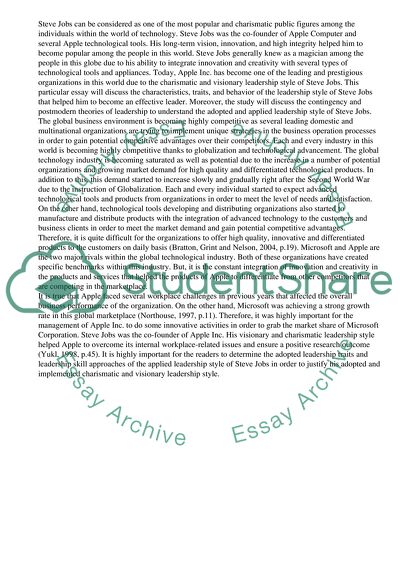Cite this document
(Leadership Style of Steve Jobs Coursework Example | Topics and Well Written Essays - 3000 words - 6, n.d.)
Leadership Style of Steve Jobs Coursework Example | Topics and Well Written Essays - 3000 words - 6. Retrieved from https://studentshare.org/management/1815000-leadership
Leadership Style of Steve Jobs Coursework Example | Topics and Well Written Essays - 3000 words - 6. Retrieved from https://studentshare.org/management/1815000-leadership
(Leadership Style of Steve Jobs Coursework Example | Topics and Well Written Essays - 3000 Words - 6)
Leadership Style of Steve Jobs Coursework Example | Topics and Well Written Essays - 3000 Words - 6. https://studentshare.org/management/1815000-leadership.
Leadership Style of Steve Jobs Coursework Example | Topics and Well Written Essays - 3000 Words - 6. https://studentshare.org/management/1815000-leadership.
“Leadership Style of Steve Jobs Coursework Example | Topics and Well Written Essays - 3000 Words - 6”, n.d. https://studentshare.org/management/1815000-leadership.


